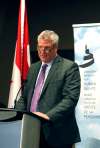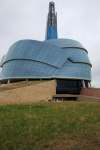Progress not on permanent display at CMHR
Advertisement
Read this article for free:
or
Already have an account? Log in here »
To continue reading, please subscribe:
Monthly Digital Subscription
$19 $0 for the first 4 weeks*
- Enjoy unlimited reading on winnipegfreepress.com
- Read the E-Edition, our digital replica newspaper
- Access News Break, our award-winning app
- Play interactive puzzles
*No charge for 4 weeks then billed as $19 every four weeks (new subscribers and qualified returning subscribers only). Cancel anytime.
Read unlimited articles for free today:
or
Already have an account? Log in here »
Hey there, time traveller!
This article was published 06/08/2020 (1357 days ago), so information in it may no longer be current.
The external review report into racism and homophobia at the Canadian Museum of Human Rights was released Wednesday.
It exposed, in the words of the researchers, that discrimination and sexual harassment is “pervasive and systemic” due to a “toxic culture” that infects museum administration, hiring and program delivery — and is getting worse.
The report offers 44 recommendations to “begin the process of remediating harmful practices that contribute to systemic oppression and inequality.”
Much of this is unsurprising to those of us in Indigenous, Black and LGBTTQ+ communities. We’ve known for a while that the CMHR isn’t a safe place.
But it hasn’t always been this way.
I’ve been involved in the CMHR since 2013. To give a brief history lesson, the CMHR at that time was in its infancy stages with only administrative staff, programming in the “visioning” stage and the building under construction.
But the museum was full of controversy.
Much of it involved the building’s location on archeologically rich soil at The Forks. According to former Manitoba Museum archeologist Leigh Syms, nearly 600,000 mostly-Indigenous artifacts had been recovered during a year-long dig at the site, but only two per cent of the land had been investigated.
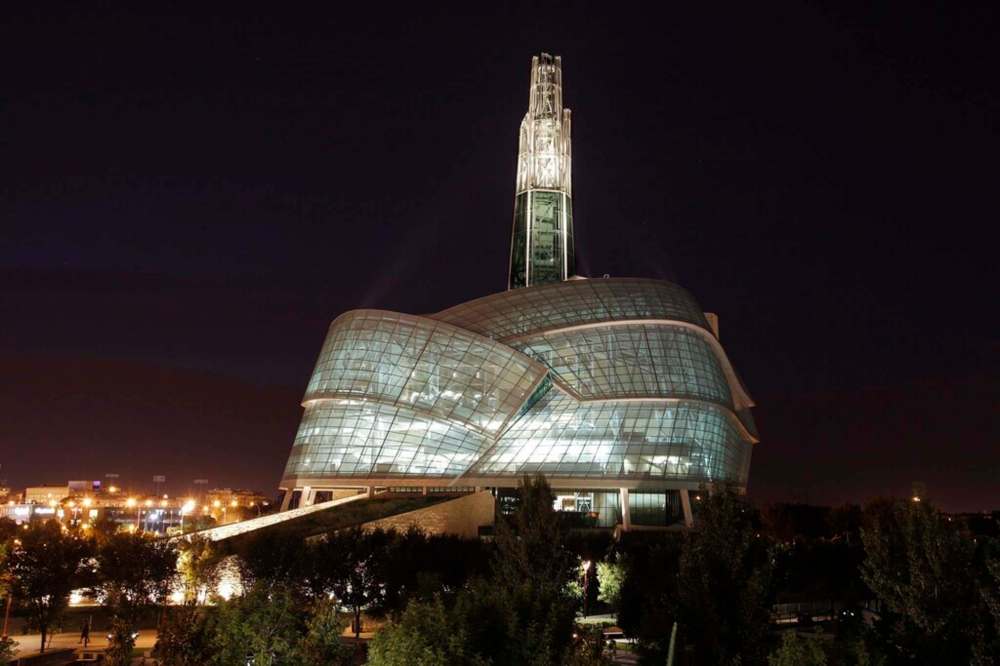
Still, CMHR construction continued, ignoring millions of objects of Indigenous history, likely erasing them forever.
“(The construction was) the worst case of legal destruction of the rich heritage that I have had the misfortune to witness,” Syms would write.
A weird $1-million “donation” to the CMHR in 2009 by the Assembly of Manitoba Chiefs only made the situation more divisive in the Indigenous community.
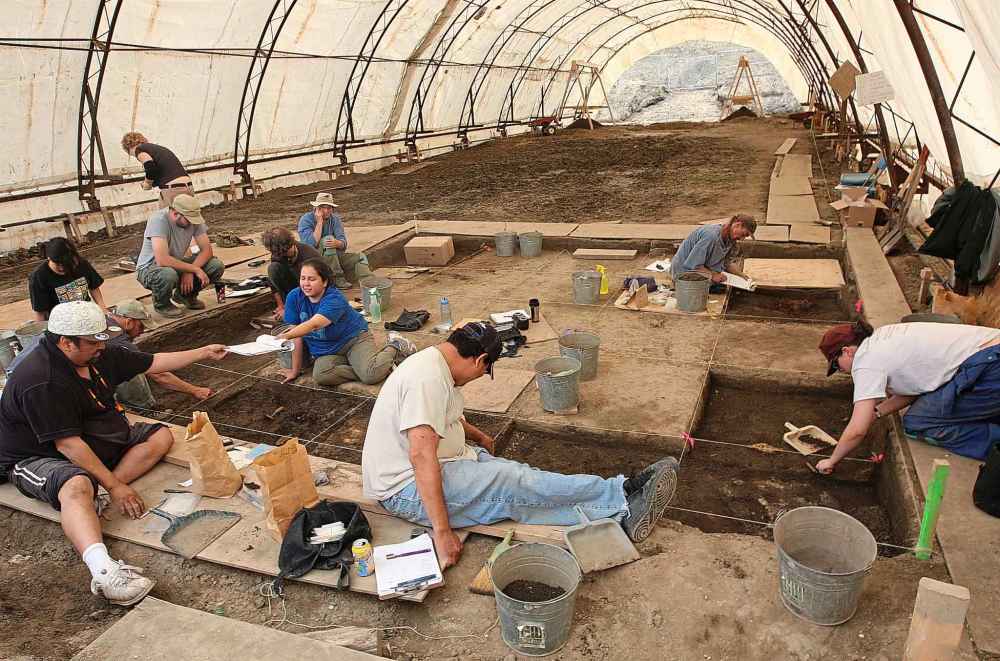
Add in the fact these were the days of prime minister Stephen Harper and Idle No More, and it was clear Canada’s newest national museum and Indigenous peoples had a problem.
For the next four years, then-CEO Stuart Murray tried to do work in the face of near-constant protests, letters and articles demanding accountability.
Then, in 2015, former CMHR Indigenous curator Tricia Logan spoke out about the museum refusing to use the term “genocide” in exhibits because the federal government did not recognize it as such. The Free Press broke the story, which quickly attracted national attention.
Things began to change.
Because I had written critical pieces about the CMHR, I was invited to help form a standing Indigenous advisory council for the museum. I joined representatives from Indigenous organizations, elders and eight cultural communities.
For two years, this committee did impressive work, overseeing the Indigenous content, ensuring proper ceremonial protocols were used and installing diversity policies as well as the no-cost entry for Indigenous peoples.
This council facilitated a more positive relationship with Indigenous peoples, such as those at Shoal Lake 40, who protested the 2014 opening of the CMHR due to their ongoing dispute over water rights, but eventually agreed to be included in exhibits.
One of the advisory council’s best achievements was when Murray co-published a November 2014 op-ed in the Free Press, Globe and Mail and other papers with Truth and Reconciliation Commission Head Commissioner Murray Sinclair (my father). They condemned the federal government’s position on genocide, arguing that the CMHR should use the term in its exhibits — which it does today.
While never acknowledged publicly, Murray’s position on genocide was a contributing factor in the decision not to renew his contract in 2014.
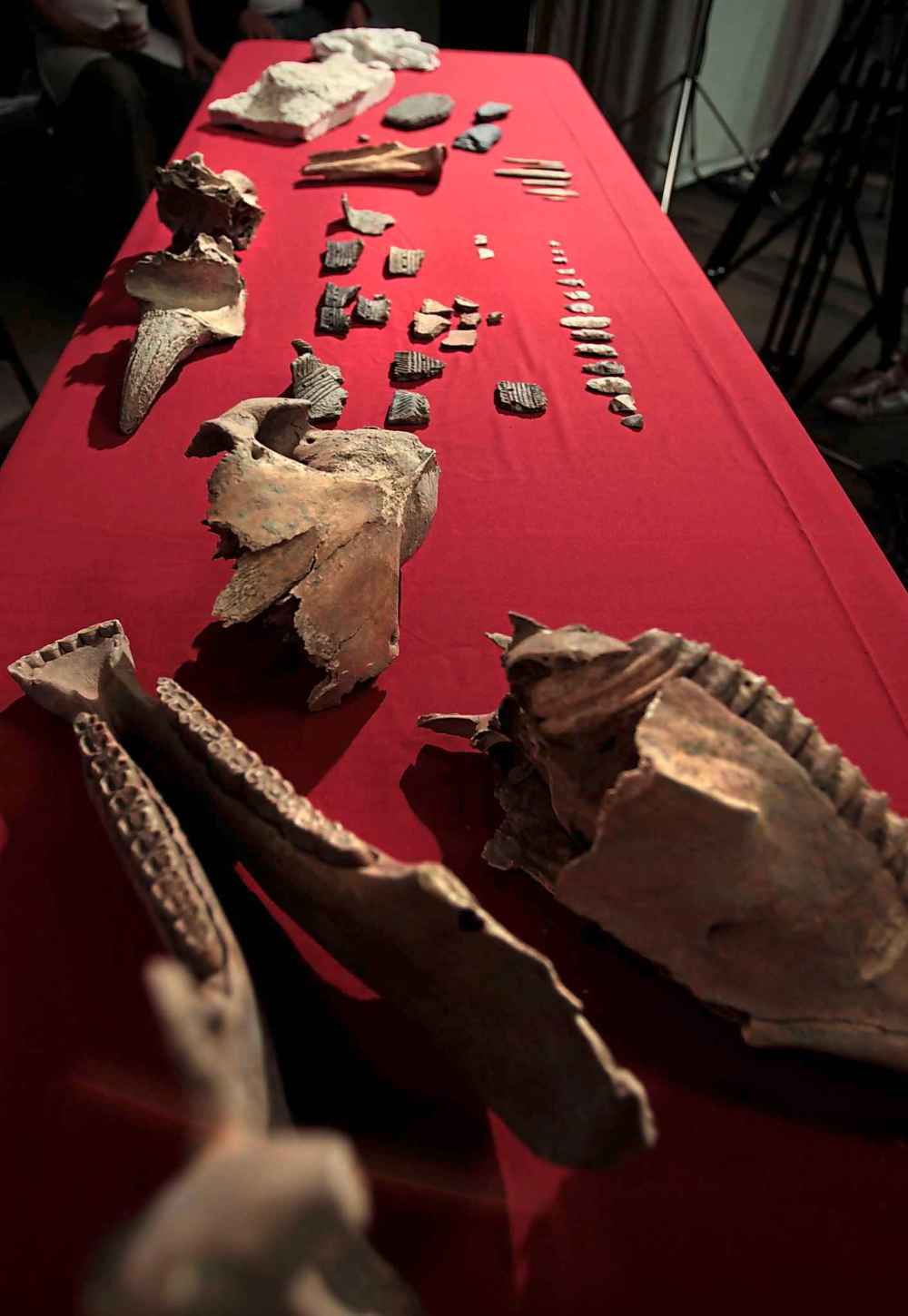
This is when CEO John Young entered, and everything changed again.
From the first weeks of Young’s reign, I realized the CMHR’s Indigenous advisory council was not his priority. Meetings were scant and the committee had reducing influence. A major administrative re-structuring led to more “vice-presidents” and less communication between departments (the independent review described this as the creation of “information silos” where the museum’s “right hand did not know what the left was doing”).
I resigned from the committee in January 2017. In my resignation letter I said: “I hope the museum one day takes (the advisory council) seriously again. We were integral to instituting infrastructure, bringing in Indigenous knowledge, and forming relationships with the Indigenous community — all of which saved the CMHR from some serious problems. In recent months I see this role reducing more and more.”
While Young did apologize and resign in June for the increase in homophobia, racism and sexual harassment, the researchers found his behaviour “inconsistent” while interviewing him.
“At no point during the discussion did the former C.E.O. express any appreciation of the gravity of the concerns raised with respect to racism,” the report states. “He did not acknowledge the validity of any of the claims and accepted no personal responsibility for the environment at the Museum which harmed his employees. He did not express any remorse.”
So, as the CMHR returns to the toxicity of 2013 — ruining the work of the Indigenous advisory council and many others — I don’t know who is going to lead or help it now.
It won’t be me; I was fooled once already.
niigaan.sinclair@freepress.mb.ca


Niigaan Sinclair
Columnist
Niigaan Sinclair is Anishinaabe and is a columnist at the Winnipeg Free Press.
History
Updated on Saturday, August 8, 2020 9:48 AM CDT: Adds byline








